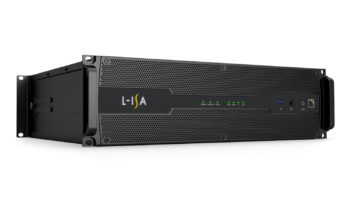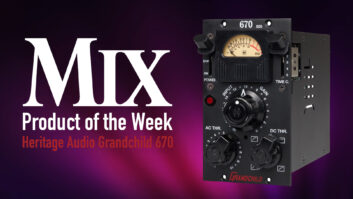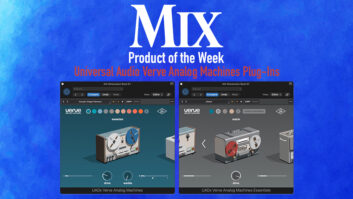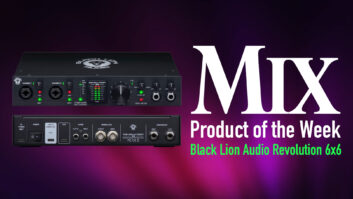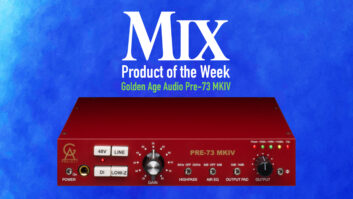Hot off the presses and just in time for the Fall 2020 AES is Paragon, a new convolution reverb plug-in from Nugen Audio. Paragon is a true convolution reverb that models the sound of real spaces, but provides the type of parameter control normally associated with algorithmic reverbs. Using proprietary technology, Paragon operates in configurations of up to 7.1.2 channels of audio, enabling it to accommodate a variety of surround-sound applications, including Dolby Atmos beds.
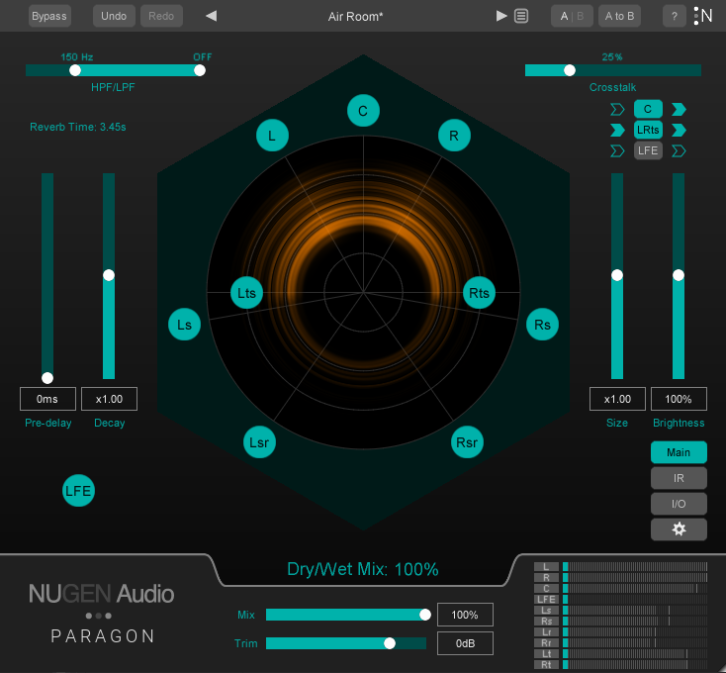
Paragon allows full control over decay, room size and brightness of reverbs modeled on 3D recordings of real spaces. To this point, convolution reverbs have not been able to provide this sort of control without the use of time-stretching, which creates sonic artifacts. Paragon completely avoids time stretching.
Instead of using static impulse responses, it analyzes, decomposes and re-synthesizes impulse responses in order to create new acoustic spaces. As a result, reverb decay time and room size can be set significantly different from those of the original IR space without introducing unwanted time-stretching side effects. A benefit of this approach is that there is no longer a need to keep a huge library of impulse responses with various configurations of a multitude of spaces.
Read more Product of the Week: beyerdynamic TG Series Microphones.
IR spaces can be fine-tuned via Paragon’s IR panel, where a user can adjust the frequency response of the reverb by EQ’ing the reverb model itself and by altering the frequency-dependent decay rates.
An I/O panel features individual highpass and lowpass filters per channel, as well as individual pre-delay and decay controls per channel, which operate in addition to global controls for those parameters found on the main panel.
A crosstalk function manages the amount of interruption between channels, which can be particularly useful in surround mixing. For example, dialog intelligibility in the center channel can be improved by switching off the wet signal in that channel, but location and space cues can still be maintained by using crosstalk to send the center channel audio to the other reverb channels (!).
Paragon is available in AAX, VST3, AU and AudioSuite formats at an MSRP of $599. More info here.

